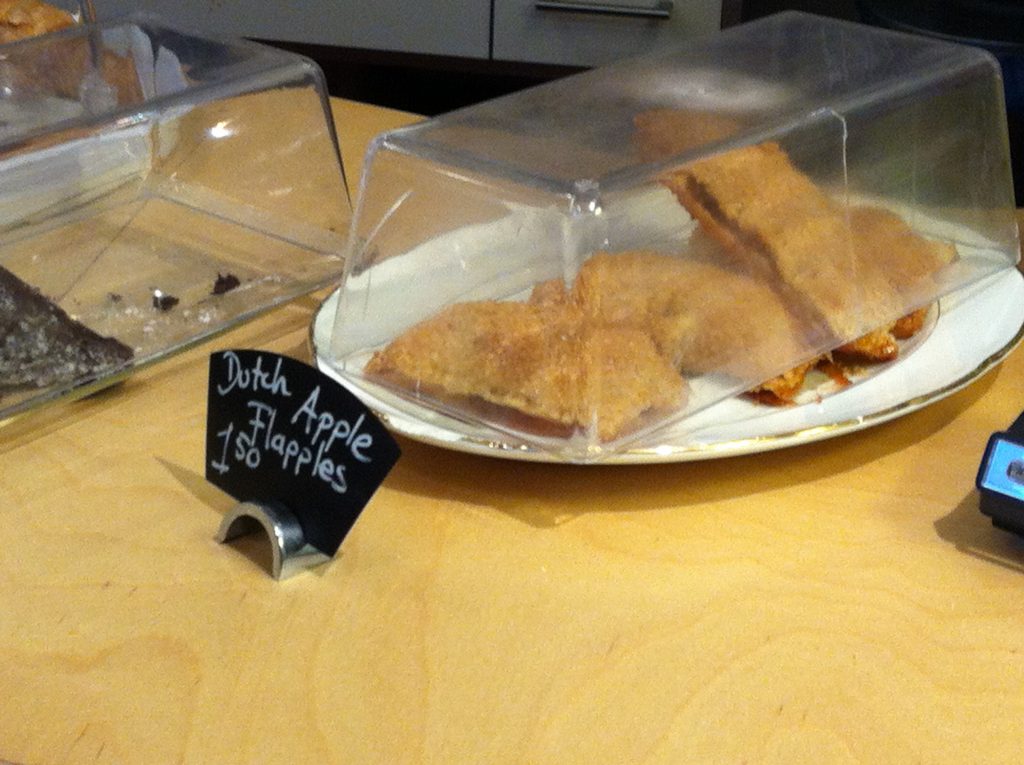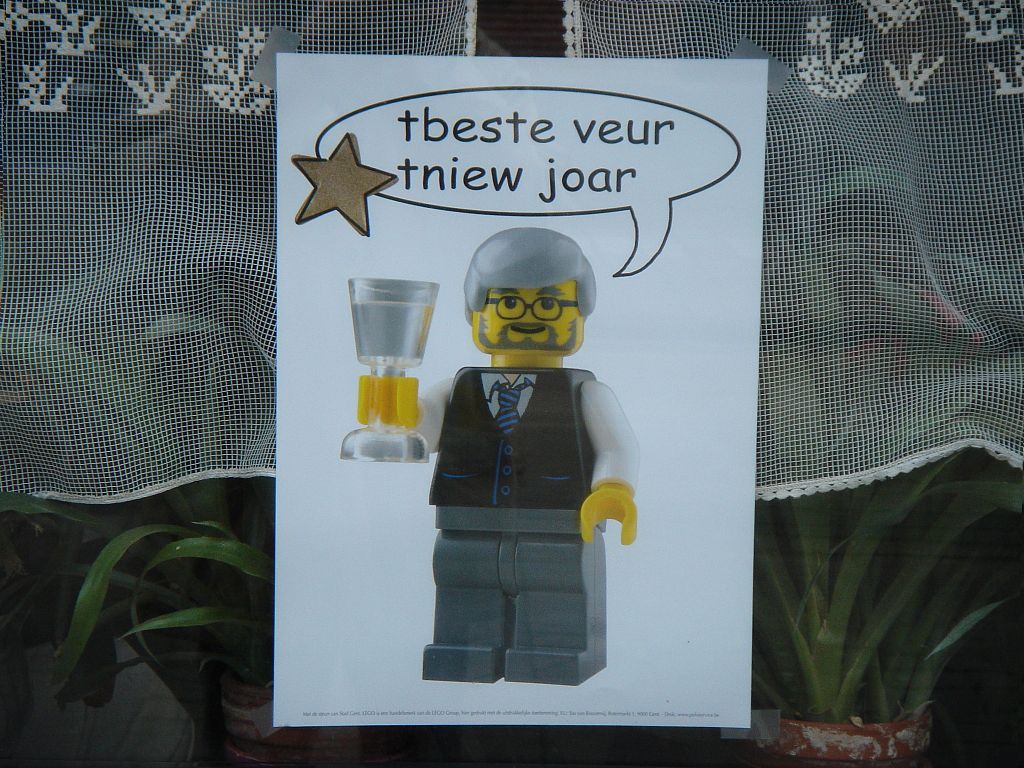5 Things You Didn’t Know About NYE In The Netherlands Posted by Sten on Dec 28, 2015 in Culture
We all know the Netherlands, we all know New Year’s Eve. But what happens in the Netherlands on the 31st of December, and in the night that follows? Do you know? Here are the 5 things you should know about NYE in the Netherlands!
1. Vuurwerk. Everywhere!
The most popular and striking feature of NYE in the Netherlands is all the vuurwerk (fireworks). It is normal in many countries to use fireworks at New Year’s Eve, but I don’t know another people that is as into it as much as the Dutch. I live on the border in Germany, and every year when the vuurwerkverkoop (fireworks sale) begins, you can find the Dutch gele nummerborden (yellow car plates) everywhere here in Germany, all looking for the best and cheapest deals on vuurwerk. Last year, 70 million euros were spent on fireworks for NYE! Most popular among these are rotjes (firecrackers) and vuurpijlen (skyrockets).
Of course, it also has its dangers, and therefore, more and more Dutch municipalities decide to ban fireworks in so-called vuurwerkvrijze zones (fireworks free zones), which are especially established around sensitive areas like schools and nursing homes. They have municipal fireworks instead. This year, the number has climbed to at least 56 municipalities this year.
2. Oudejaarsavond
In the Netherlands, New Year’s Eve is normally called oudejaarsavond, and together with January 1 oud en nieuw. Sometimes, though only rarely, it is called Silvester, after saint Silvester. The Catholic church proclaimed December 31 as the feast day of this saint and former pope, as he died on December 31, 335 AD. After many failures to implement a religious meaning around NYE, this one stuck. And now, for example in Germany, NYE is mostly called Silvester.
A reason why this did not stick as much in the Netherlands might be the protestant majority of the population, that was historically very reluctant to follow the Roman Catholic church. Another reason I could imagine could be the pronunciation of Silvester, which is not the most natural in Dutch. And to this day, oudejaarsavond stayed.
3. Oliebollen en Appelflappen
Oliebollen and Appelflappen are the traditional Dutch fried foods for oudejaarsavond. They are sold all over the Netherlands the few days before NYE. You can find a gebakkraam (a sort of “cake stall”) in every village, and get some fresh oliebollen and appelflappen!
I am not sure how to translate both of the words, but literally they mean “oil balls” and “apple flap”. I came across a nice translation, the best possible, I think: 
4. 3… 2… 1… Gelukkig Nieuwjaar!
One tradition that began as soon as seconds could be measured by regular clocks was aftellen (counting down). One quite popular way to do it is aftellen op de TV (counting down on TV). A NYE show is put on, and people start counting down, standing all together with their sparkling wine…
Tien! Negen! Acht! Zeven! Zes! Vijf! Vier! Drie! Twee! Een! GELUKKIG NIEUWJAAR!!!!
That is basically how it goes every year. Everybody in the room gets 3 kisses or a handshake and a wish for a gelukkig nieuwjaar. But it does not stop there…
5. Beste Wensen!
The Dutch wish each other de beste wensen (best wishes) for weeks after oudejaarsavond to almost everyone they meet. They even go around the days following January 1 to give neighbors and other friends de beste wensen. And if a friend lives too far away, they will receive a kaartje (post card). It is strange to see the almost compulsory nature in which these wishes are brought forth, but the tradition started somewhere…
Back in the days, customary to give some money if somebody wished you the beste wensen. Of course, this had the potential to be very lucrative, and not before long, everybody started doing it! Of course, people stopped giving money for this, but the wishing remained. And now, we wish everyone the best, entirely for free!
How is New Year’s Eve celebrated in your country?

Build vocabulary, practice pronunciation, and more with Transparent Language Online. Available anytime, anywhere, on any device.
About the Author: Sten
Hi! I am Sten, both Dutch and German. For many years, I've written for the German and the Dutch blogs with a passion for everything related to language and culture. It's fascinating to reflect on my own culture, and in the process allow our readers to learn more about it! Besides blogging, I am a German-Dutch-English translator, animator and filmmaker.








Comments:
Peter Simon:
Dear Sten,
I’ve read your article with a lot of interest and pleasure. Thank you for the information. I need to draw your attention to one part, though, which, i.m.h.o. is false and misleading. Let me explain my doubts.
In the 2nd part, you declare “The Catholic church decided to proclaim December 31 as the feast day of this saint and former pope” and then “the protestant majority of the population, that, especially back in the days when this was decided, was very reluctant to follow anything the Catholic church in Rome had to say.”
As you may also know, protestantism originated in Germany and that country is probably nearly as protestant as the Netherlands. If I add that my original country, Hungary, is also mixed about religion among catholics and various protestant creeds, that religion all but was driven underground and almost disappeared in the 1950’s to 1980’s, yet in Hungary, perhaps even more than in Germany, the 31st of December is celebrated and referred to as ‘Szilveszter’, without any religious afterthought at all, you must understand why I very much doubt that the lack of the term ‘Silvester’ in the Netherlands could be attributed to the religious background.
Besides, such things are folk custom (as the Hungarian example also proves), they aren’t decreed by the church. Ordinary folk may or may not follow such customs in their everyday lives and speech. However, if we suppose this one may depend on a decree, when was that decree issued? Such papal orders were usually given in the early middle ages, and to be honest, even the original German empire did not exist in those centuries, let alone the Netherlands, which began to be formed in the 15th-16th century, after the reformation. So to say “in the days when this was decided” is utterly wrong.
You fail to refer to the date anyway. In fact, it can’t be corroborated. Sources are scarce about this saint. Only one source I’ve found refers to his ordainment and that only says, “The date of his canonization is unknown, though what is remarkable about it is that Sylvester was one of the earliest saints who was not a martyr.” (in: http://www.encyclopedia.com/topic/Saint_Sylvester_I.aspx) Which puts his canonization way back into the middle ages. He died in 335 and was buried on 31st Dec. that year. https://en.wikipedia.org/wiki/List_of_early_Christian_saints only mentions the death of the early saints, but the list contains those who died up to the end of the 5th c., so Sylvester was probably canonized before that – it was no custom to wait very much with that. If it did happen in that period, and if any feast day was also decreed, it must have happened back then. The Netherlands appeared a full thousand years afterwards, hardly a basis to any popular reluctance at the time to follow it.
Which, to me at least, means your whole story about ‘oudejaaravond’ is flawed and invalid. A mere conjecture I’m afraid.
Wishing you a happy new year all the same,
Peter
Sten:
@Peter Simon Dear Simon,
Thank you for carefully reading the article and pointing this out.
I did not go all the way to the root of this declaration of the church, I have however found in many different sources in different languages (like this one). The 31st is considered the death date of Sylvester I, which is rememebered since he is a saint. This counts for the Roman Catholic church. Other orthodox Catholic churches I have found celebrate it in January, too. so I have no doubt that there is a catholic background to the celebration of St. Sylvester I.
When this holiday was decreed, I have no information of, and that is my bad phrasing, which I will update.
This link supports this too. It confirms that he died in the 4th century, and that it is called Sylvester because of the Roman Catholic Church’s celebration of his death day.
I do remember from my history classes in the Netherlands that the people were very reluctant to listen to their Spanish emperor, who was deeply Catholic. This rebellious behavior is still found in the Dutch national anthem, which originates in that time.
The Netherlands also became famous for its religious tolerance in its Golden Age, which I could well imagine is another factor. The Dutch have early become a very secular society. These could be factors too.
Furthermore, I could imagine that the pronunciation is a factor. “Silvester” is more awkward than for example in German. This is also the case for English, a language in which Sylvester is also barely used.
I agree there could be more reasons for the Dutch naming this day “Oudejaarsavond” and not “Silvester”. Hard to say, as this is something not easy to find sources for.
Bill:
After I met my wife, I was invited to the Netherlands for New Years, and when I got the money together, I was on my way. Nothing could prepare me for the fireworks. We were in a slightly richer neighborhood, and one neighbor had a really good display that would rival something a smaller city would do here in the US on July 4th. But before he started, all the neighborhoods surrounding us fired off their fireworks, and in the quiet of where we were, it looked like a war zone firing from all sides.
There was the countdown, too. The top 2000 on Radio 2, of course. Listening to “Paradise by the Dashboard Lights” being sung by my future Mother-In-Law is a fond memory I will never forget. That year #1 was (like it is many tears) Bohemian Rhapsody. Once it was over, there was a minute countdown, a kiss, and a rush outside for the fireworks.
And that was the year the Netherlands went to the Euro, so I got to see the changeover, as well. Now we live in the US, so it’s not the same, but that was a fun time.
Joël Dellaert:
‘Of course, it also has its dangers, and therefore, more and more Dutch municipalities decide to ban fireworks completely, and have municipal fireworks instead’
That is not completely true, cities have not banned completely, they are pointing out areas that are fireworks free, but you can still do fireworks in every city and every village 🙂
Sten:
@Joël Dellaert Yes! You are right! I meant to say that – bad phrasing! Thanks for reading so closely!
Louise Lang:
Cheers fae Bonnie Scotland.Lang may yer lum reek!